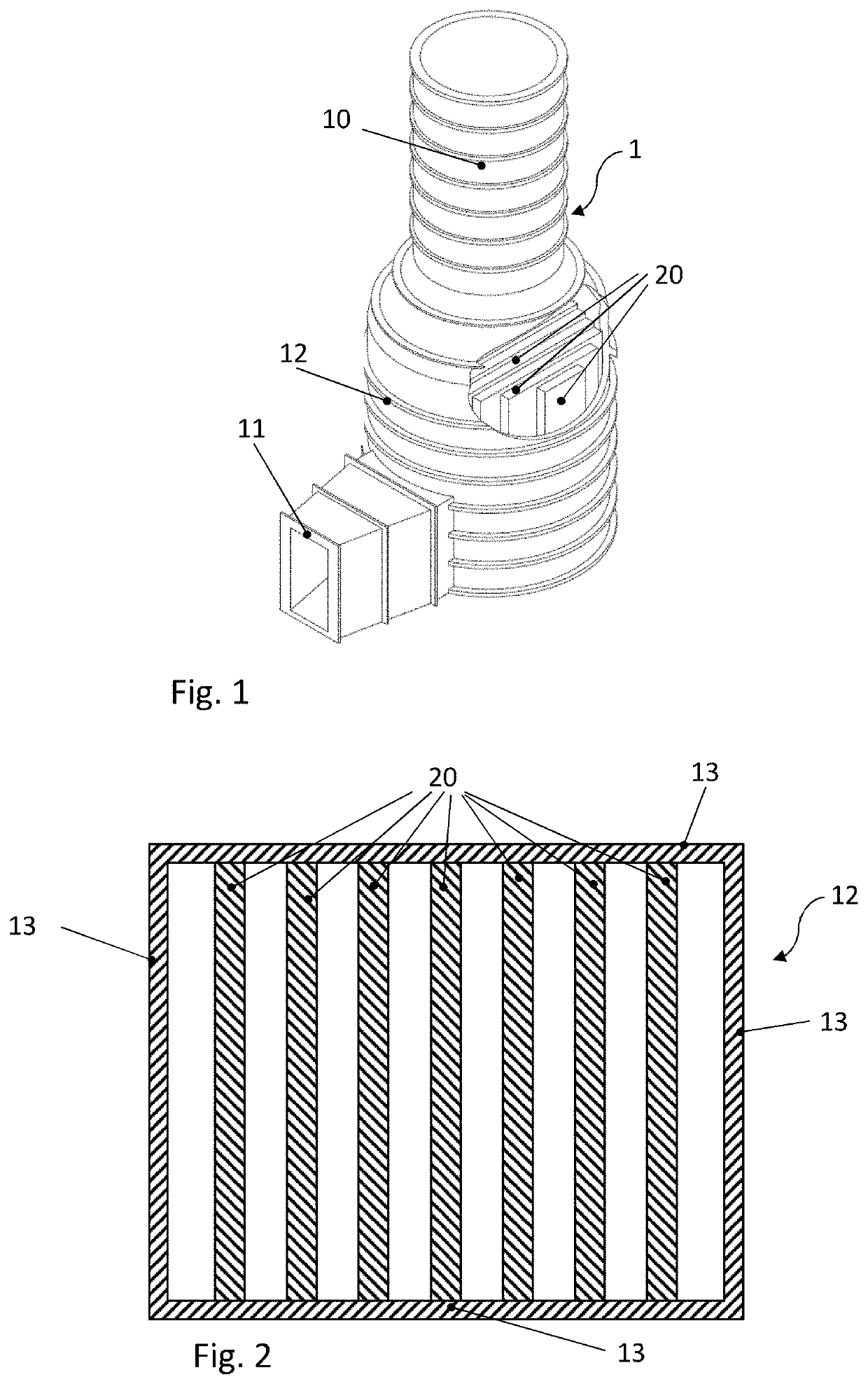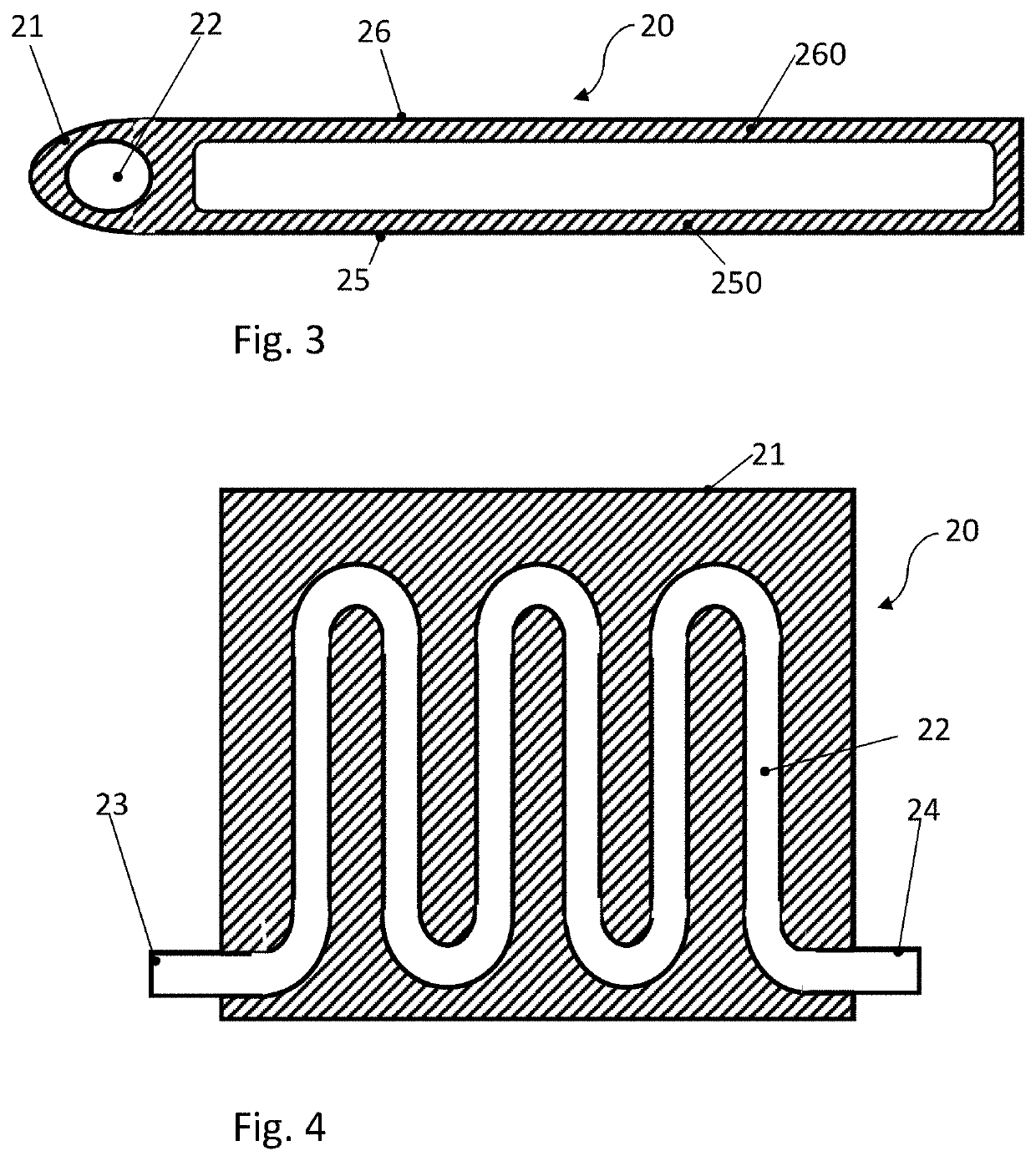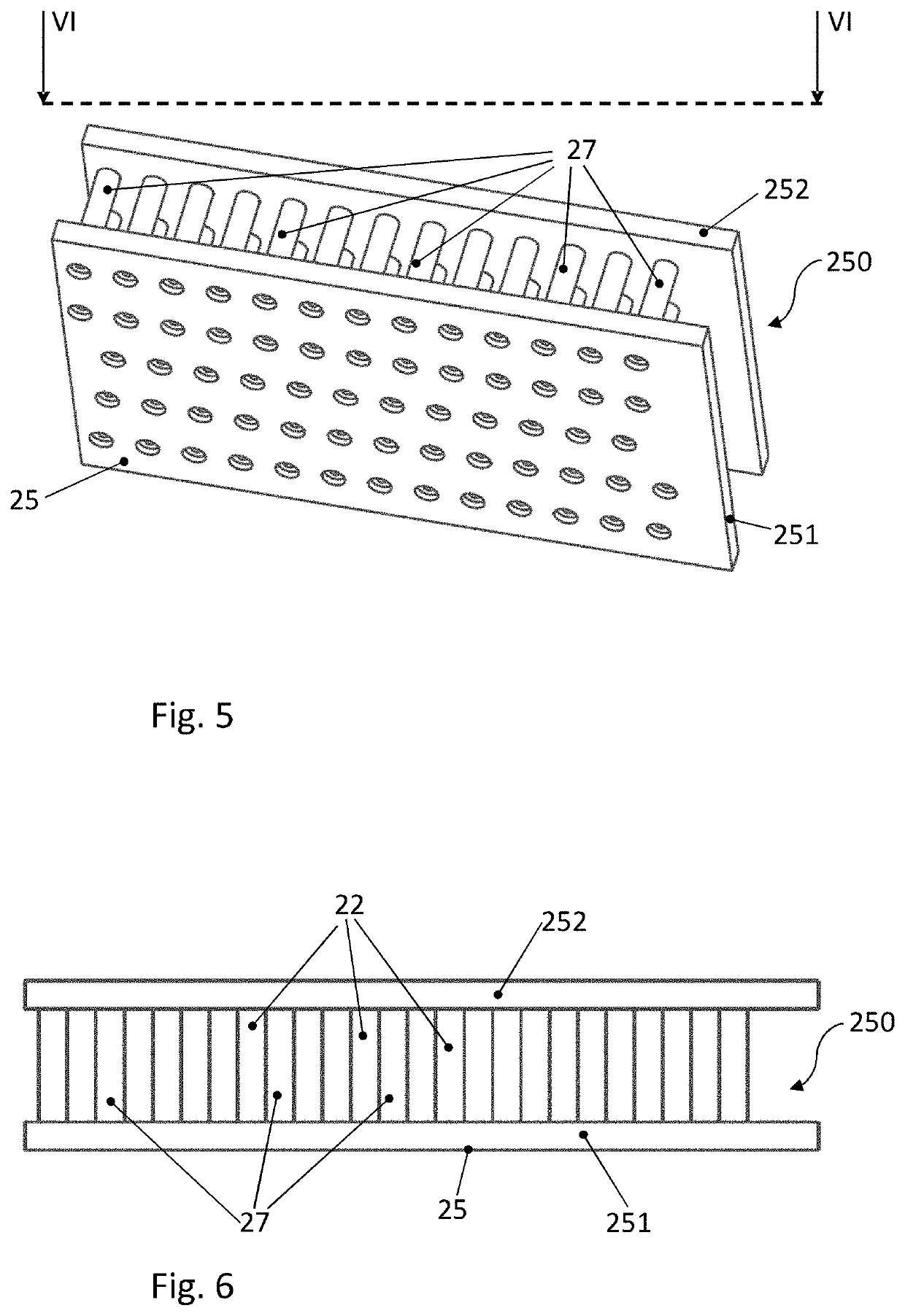Exhaust duct for a gas turbine engine
a gas turbine engine and exhaust duct technology, which is applied in the direction of machines/engines, turbine/propulsion fuel heating, lighting and heating apparatus, etc., can solve the problems of reducing the efficiency and power output of the gas turbine engine itself, reducing the efficiency of the gas turbine engine itself, and enthalpy loss negatively affecting efficiency, so as to improve the turbine output of the gas turbine engine, reduce the flow through the compressor, and reduce the effect of compressor power consumption
- Summary
- Abstract
- Description
- Claims
- Application Information
AI Technical Summary
Benefits of technology
Problems solved by technology
Method used
Image
Examples
Embodiment Construction
[0039]The herein described subject matter will be more appreciated by a person having ordinary skill in the art by virtue of exemplary embodiments shown in the accompanying drawings and outlined below. It shall be understood that these exemplary embodiments are merely shown for illustrative purposes to enable a better appreciation of the herein described subject matter and shall be understood as not limiting the subject matter outlined in the claims.
[0040]FIG. 1 shows an example of an exhaust duct 1 of a gas turbine engine. The exhaust duct 1 comprises a stack 10. An exhaust duct transition section 11 is configured to connect with the downstream end of the gas turbine engine 50 (shown schematically in FIGS. 8-12). A silencer section 12 of the exhaust duct comprises silencer baffles 20, which are visible in the present part-sectional view. In the depicted example, the stack 10 and the silencer section 12 have rounded cross-sections, while the exhaust duct transition section 11 is sho...
PUM
 Login to View More
Login to View More Abstract
Description
Claims
Application Information
 Login to View More
Login to View More - R&D
- Intellectual Property
- Life Sciences
- Materials
- Tech Scout
- Unparalleled Data Quality
- Higher Quality Content
- 60% Fewer Hallucinations
Browse by: Latest US Patents, China's latest patents, Technical Efficacy Thesaurus, Application Domain, Technology Topic, Popular Technical Reports.
© 2025 PatSnap. All rights reserved.Legal|Privacy policy|Modern Slavery Act Transparency Statement|Sitemap|About US| Contact US: help@patsnap.com



